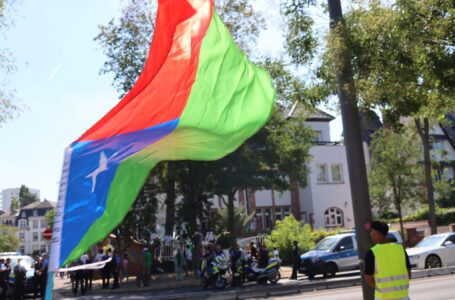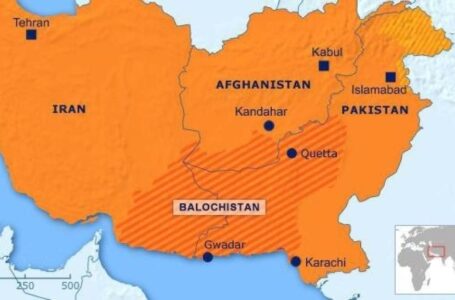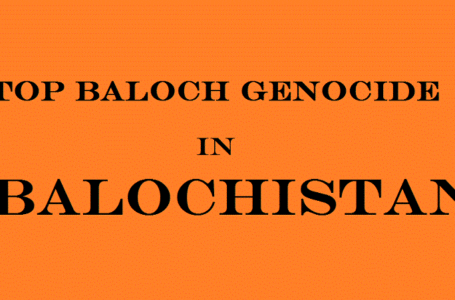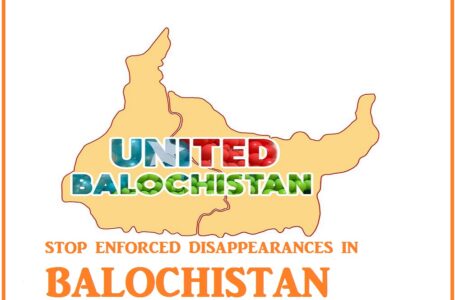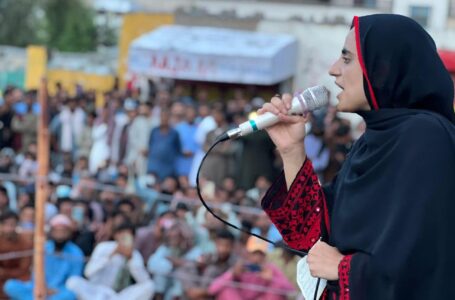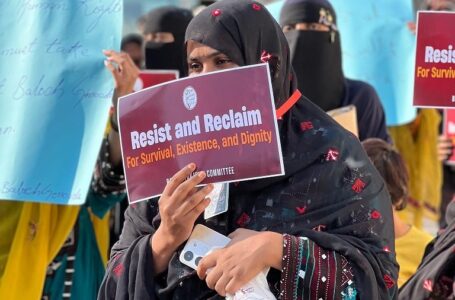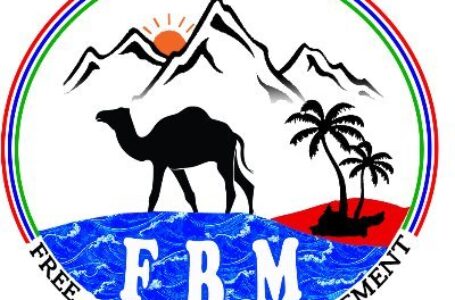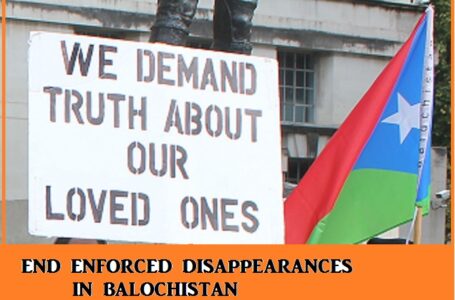The Case for a Free Balochistan: A Catalyst for Regional Stability and Prosperity
Fencing Gwadar and International Inaction
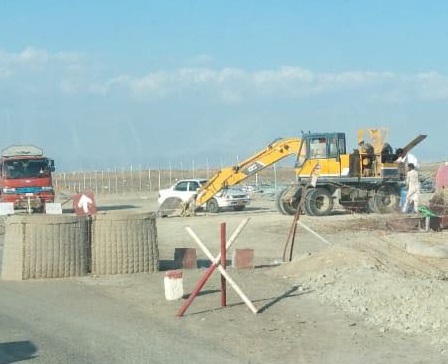
By Shahdad Baloch
Frustrated and psychologically exhausted, Pakistan finds itself in conflicting positions against the Baloch national liberation movement. On one hand, it claims to have suppressed the freedom struggle in Balochistan, while on the other, it fences Gwadar. This act raises questions: why erect barriers if there is no insurgency? By fencing Gwadar, Pakistan has unintentionally brought international attention to the decades-long conflict between Pakistan and Balochistan. The military presence in the region calls for urgent intervention from the United Nations, humanitarian organizations, international law, and the Western world to declare Balochistan a conflict zone.
This fencing is reminiscent of Chinese concentration camps targeting the Uyghur ethnic group, who suffer under religious persecution. Similarly, Balochistan appears next in line, where imperial China and colonial Pakistan seem poised to establish the world’s largest concentration camp amid global silence. The Baloch nation faces severe socio-political and economic deprivation, warranting immediate global attention. The world, however, appears to anticipate further bloodshed. The Baloch nation stands resolutely against this imperial-colonial alliance, regardless of the cost.
The planned fencing covers approximately 607 square kilometers, displacing 70% of the indigenous population. This project will not impact the Baloch struggle for freedom but has global implications. China’s expedited Silk Road project, leveraging Gwadar for naval supremacy, threatens to cement Chinese imperialism in South Asia and the Middle East.
Pakistan has long propagated the narrative that Balochistan willingly joined Pakistan, particularly emphasising Gwadar, which it claims to have purchased from Oman in the 1950s. This propaganda obscures the reality of Baloch resistance since Pakistan’s occupation of Balochistan in 1948. The fencing of Gwadar symbolizes Pakistan’s defeat against Baloch freedom fighters, who have consistently attacked coastal areas, exhausting the Pakistani military.
Baloch national leader Mr. Hyrbyair Marri in one of his statements stated, “Once Balochistan is liberated, it will be the end of Pakistan.” This statement underscores the strategic importance of Gwadar to Punjab, which would become landlocked without access to this port. The fencing of Gwadar reflects Pakistan’s desperation to protect colonial settlers and secure its hold over the region. The Pakistani military has forcibly occupied residential areas, creating a false narrative to integrate Gwadar into Islamabad’s control.
Fencing is not new to the Baloch nation. In Quetta, large areas are fenced off, restricting the indigenous population’s movement while allowing free access to colonial settlers. For the Baloch, Gwadar’s fencing represents Pakistani colonial expansion, met with steadfast resistance.
International Inaction to Enacted Laws:
The rights of indigenous populations are protected and promoted under various frameworks of international law, international maritime law, and human rights law. Under the United Nations Declaration on the Rights of Indigenous Peoples (UNDRIP) (2007), indigenous peoples have the right to self-determination and to freely determine their political status and freely pursue their economic, social, and cultural development. The declaration states the cultural rights to maintain and strengthen their distinct political, legal, economic, social, and cultural institutions while retaining their right to participate fully in the political, economic, social, and cultural life of the state. Moreover, on land and resources, the declaration speaks of the right to own, use, develop, and control lands, territories, and resources that they have traditionally owned, occupied, or used.
Although Balochistan is an occupied territory, Pakistan and Iran as intruders are violating UNDRIP’s Free, Prior, and Informed Consent (FPIC), which mandates that “States must obtain the free, prior, and informed consent of indigenous peoples before adopting and implementing legislative or administrative measures that may affect them.”
Additionally, under the International Labour Organization (ILO) Convention 169 (1989), cultural and social rights are to be preserved in the culture and way of life. Likewise, the ILO emphasizes special measures to safeguard the rights of indigenous peoples to the lands they traditionally occupy. Furthermore, under International Maritime Law, the United Nations Convention on the Law of the Sea (UNCLOS) (1982), traditional fishing rights of indigenous communities that traditionally fish in certain areas are recognized and their rights protected. The convention also addresses marine resources rights related to the management and use of marine resources, recognizing traditional knowledge and practices.
Human rights laws, specifically the Universal Declaration of Human Rights (UDHR) (1948), emphasize equality and non-discrimination. The International Covenant on Civil and Political Rights (ICCPR) (1966) recognizes the right of indigenous peoples to self-determination. The Convention on the Elimination of All Forms of Discrimination Against Women (CEDAW) (1979) addresses specific issues faced by indigenous women and ensures their full and equal access to all human rights and freedoms. A significant number of Baloch women earn their livelihood from fishing in the coastal area of Balochistan.
This silence has far-reaching consequences. China’s penetration into the Middle East and South Asia, with Pakistan’s support, poses a significant threat. The fencing of Gwadar and control over strategic maritime routes, including the Strait of Hormuz, have global trade implications similar to those the world is facing in the Red Sea. The world must address this issue to prevent a humanitarian crisis and geopolitical instability in Balochistan and beyond.

